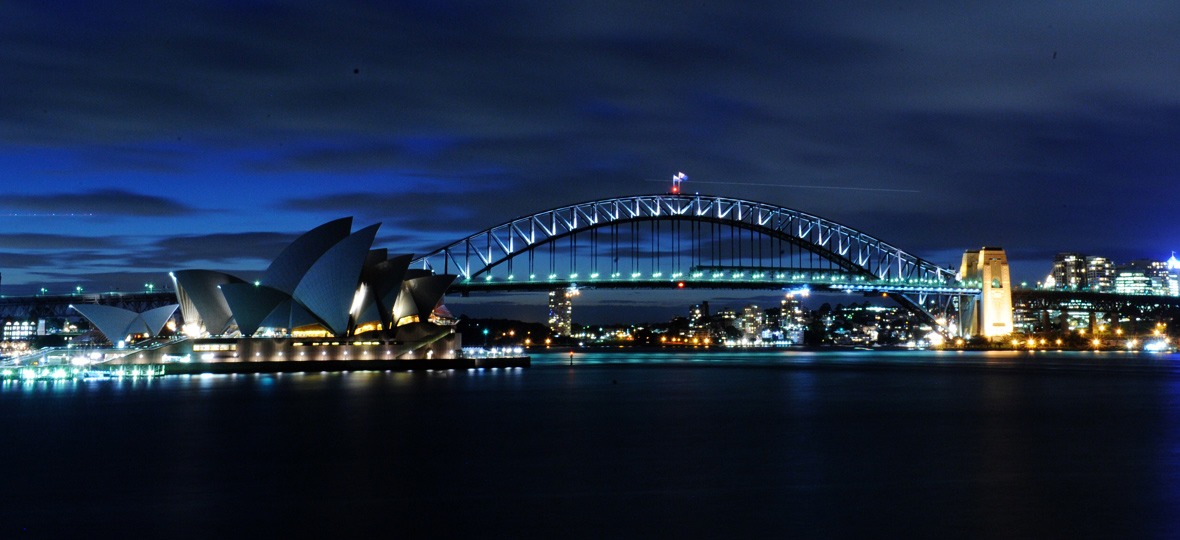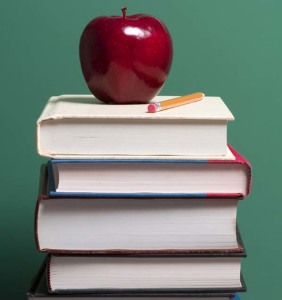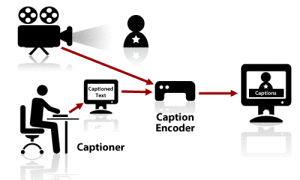Australia:
Today, Australia embraces a libertarian, or otherwise known as a free-market based theory of international communication. With this style, Australians have the most basic and purest of rights to freedom of the press. Australians are able to embrace individualistic needs within this government media style.
Australia has had a rich history of embracing all forms of media outlets dating back to the early 1900s and continues to embrace the newest technologies for its citizens to use today.
As the future progresses, Australia’s biggest push will be to attain more media access for the people living in the outback regions of the country. Australia hopes to give the entire country access to all forms of media – mobile phone services, broadband Internet connection, etc.
As the media access continues to improve, Australia’s biggest struggle will be defining the borders between over sensationalizing the news and keeping to the facts. Australia is most similar to the United States in its celebration of tabloids, and the like, that it will need to make sure it does not forget the importance of distributing the important global news to its people as well.
New Zealand:
New Zealand was a colony of Britain until the late 1970s when Britain released the country from its trade agreements. Over time and since its liberation from Britain, New Zealand has gained a greater sense of nationality and independence as a singular nation.
However, due to the previous control Britain held over New Zealand, much of New Zealand’s media had been centered around and controlled by the British influence.
While New Zealand operates in a Libertarian form of media, today, the country is still attempting to make its various media outlets, including radio, television and Internet, more highly accessible to the people of its country.
The biggest struggle New Zealand will face, in my opinion, is limiting the digital divide the country is currently struggling to overcome. In the future, New Zealand will work to increase the Internet accessibility first and foremost, raising the at home accessibility from 40% to hopefully at least 70% in the next five years alone.
Do you think both of these countries are headed in the right direction? Or should either country be focusing on other issues within the nation?
Tell us what you think!
Link:
http://www.australiaonnet.com/media/
http://www.pointofview.co.nz/





